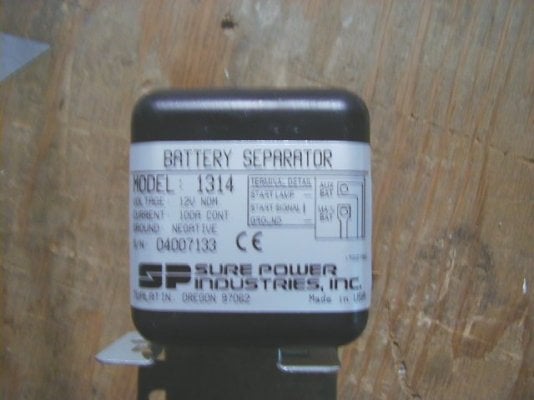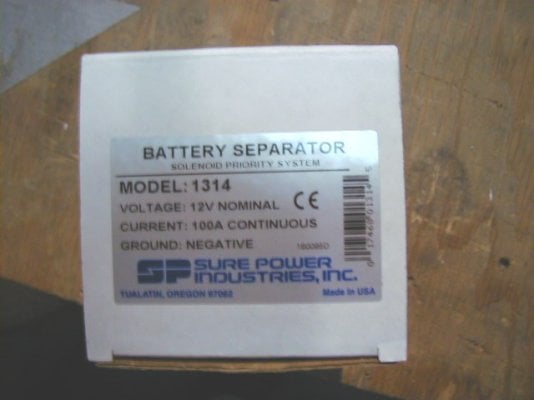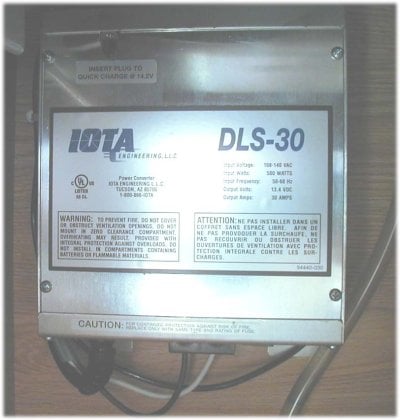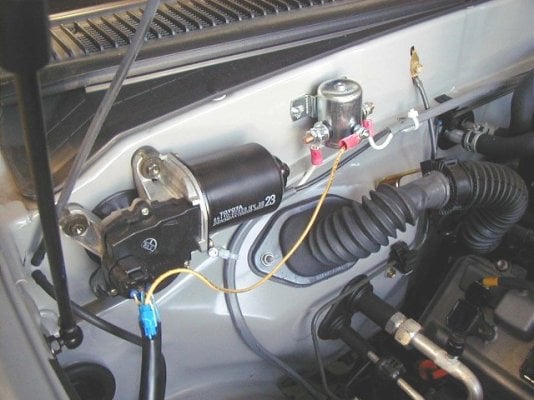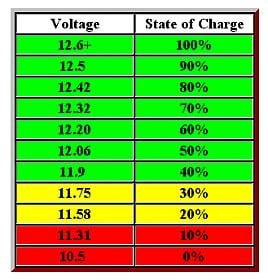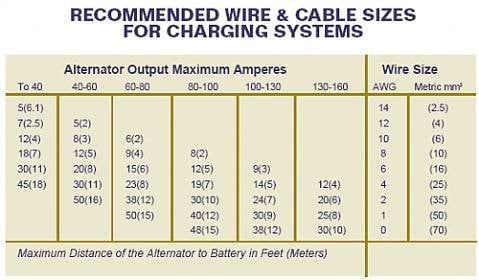My grandfather is getting ready to head out on a trip from San Diego, CA to Oklahoma City, OK. He will be camping along the way but before he goes I need to style out the camper.
The most important thing on my list is a convertor with battery charger capability. I looked at the IOTA that comes with the FWCs but I havent found a price for them anywhere and when I get on their website I cant find a local dealer for them.
Another is inverter, I might just go a cheapy vector since I'm not gonna use any tvs or anything like that.
Last but not least is battery isolator/combiner so I can hook up my truck batteries to my camper. Any suggestions, I believe I have a 105 amp alt in the truck and a lot of the standard isolators I've seen at Kragen etc... are rated at like 90amps. Also, what guage wiring should I use between isolator to camper battery?
The setup:
1992 Ford F250 Diesel single cab long bed 4x4 with a 1978 FWC Keystone.
Thanks guys!
The most important thing on my list is a convertor with battery charger capability. I looked at the IOTA that comes with the FWCs but I havent found a price for them anywhere and when I get on their website I cant find a local dealer for them.
Another is inverter, I might just go a cheapy vector since I'm not gonna use any tvs or anything like that.
Last but not least is battery isolator/combiner so I can hook up my truck batteries to my camper. Any suggestions, I believe I have a 105 amp alt in the truck and a lot of the standard isolators I've seen at Kragen etc... are rated at like 90amps. Also, what guage wiring should I use between isolator to camper battery?
The setup:
1992 Ford F250 Diesel single cab long bed 4x4 with a 1978 FWC Keystone.
Thanks guys!

